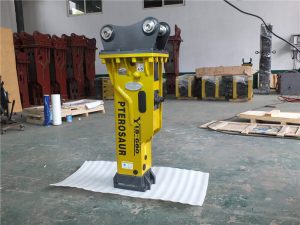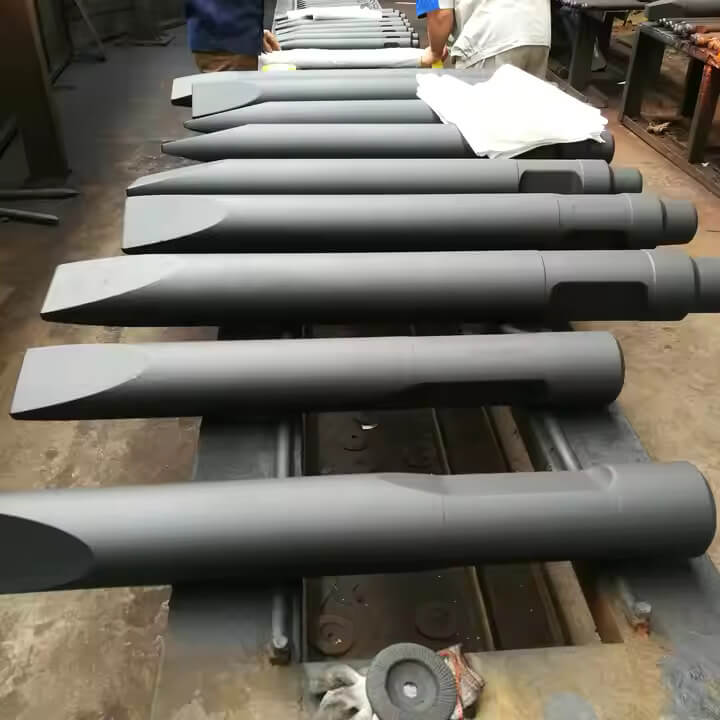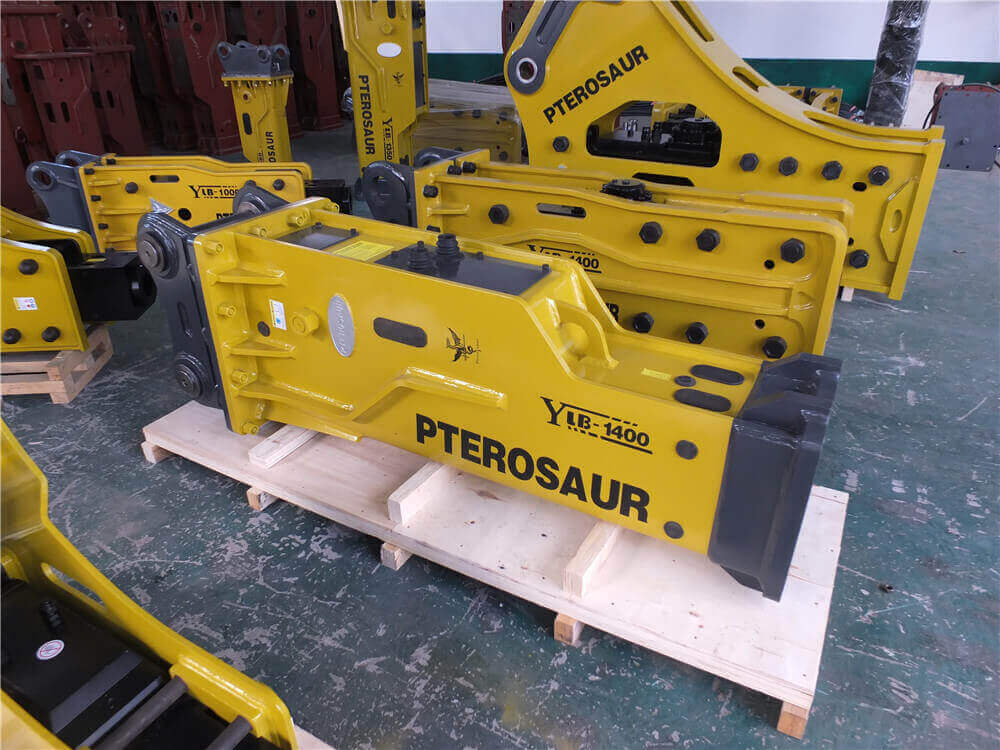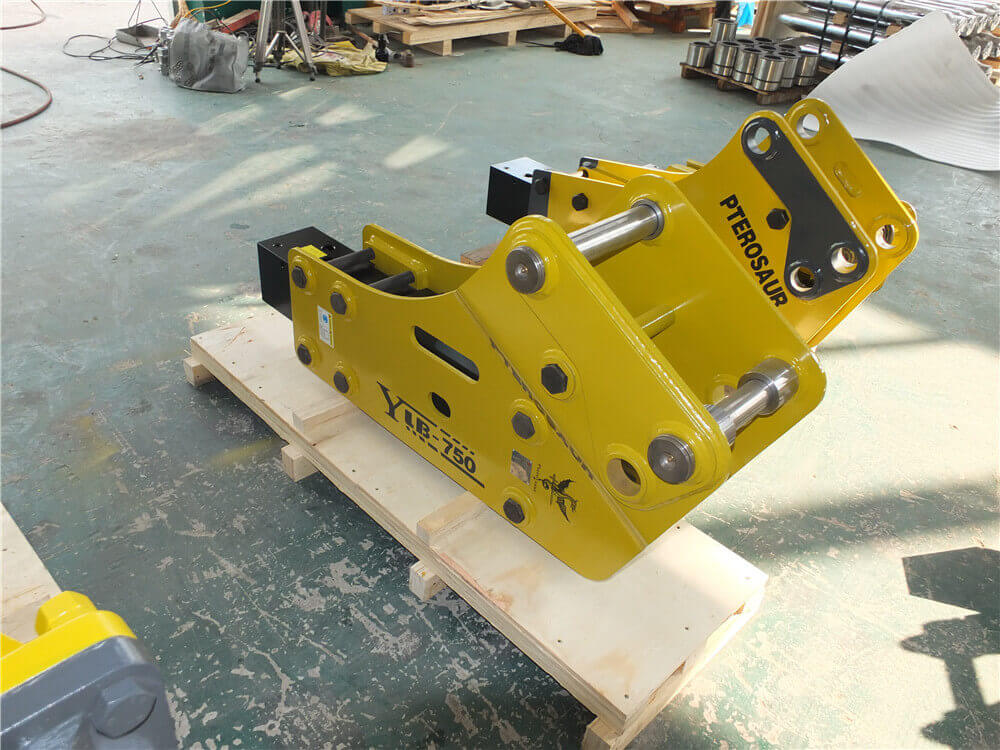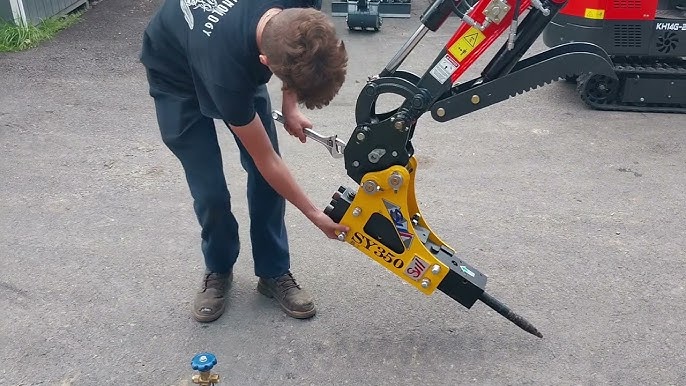Understanding Combined Hydraulic and Disc Brakes: A Comprehensive Overview
Introduction
The braking system of a vehicle is crucial for safety and performance, encompassing various technologies and designs. Among these, the combined hydraulic and disc brake system stands out for its efficiency and reliability. This article delves into the mechanics, advantages, and applications of this sophisticated braking system, providing a detailed understanding for automotive enthusiasts and professionals alike.
What is a Hydraulic Brake System?
A hydraulic brake system (HBS) operates using brake fluid to transfer force from the brake pedal to the braking mechanism. When the pedal is depressed, a pushrod activates the piston(s) in the master cylinder, which causes brake fluid to flow through the system. This hydraulic pressure is then converted into a frictional force that slows or stops the vehicle. The primary components of a hydraulic brake system include:
- Master Cylinder: Where the brake fluid is pressurized.
- Brake Lines: Channels that transport the brake fluid to the calipers.
- Calipers: Devices that house the brake pads and create the clamping force on the brake discs.
- Brake Discs: Rotating discs that are squeezed by the brake pads to generate friction.
Combined Braking System
The combined braking system integrates the benefits of both hydraulic and disc brakes, allowing for enhanced control and safety. In this system, the hydraulic mechanism is linked with the disc brakes, distributing braking force effectively between the front and rear wheels. This is particularly advantageous in modern vehicles, where electronic controls can adjust the braking force dynamically based on various factors such as speed, load, and road conditions.
Advantages of Hydraulic Disc Brakes
- Increased Stopping Power: The use of hydraulic pressure allows for greater force application, resulting in quicker stops.
- Consistency: Hydraulic systems provide consistent braking performance under various conditions, reducing the risk of brake fade.
- Less Maintenance: Compared to mechanical systems, hydraulic brakes typically require less maintenance and have fewer components susceptible to wear.
Disadvantages of Hydraulic Disc Brakes
- Complexity: The hydraulic system is more complex than traditional mechanical brakes, making repairs potentially more challenging.
- Fluid Dependence: The system relies on brake fluid, which must be maintained at an appropriate level and quality to ensure optimal performance.
Applications of Hydraulic Disc Brakes
Hydraulic disc brakes are prevalent in various automotive applications, from passenger vehicles to motorcycles and even heavy machinery. Their ability to perform well under high-stress conditions makes them a popular choice in performance vehicles and applications where precision braking is crucial.
Conclusion
The combined hydraulic and disc brake system represents a significant advancement in automotive braking technology. By leveraging hydraulic pressure and disc brakes, this system enhances safety, performance, and reliability. Understanding the mechanics and advantages of this system allows for better appreciation of modern vehicle design and functionality. Whether for everyday driving or high-performance applications, the combined braking system continues to be an essential component in ensuring effective and safe vehicle operation.

